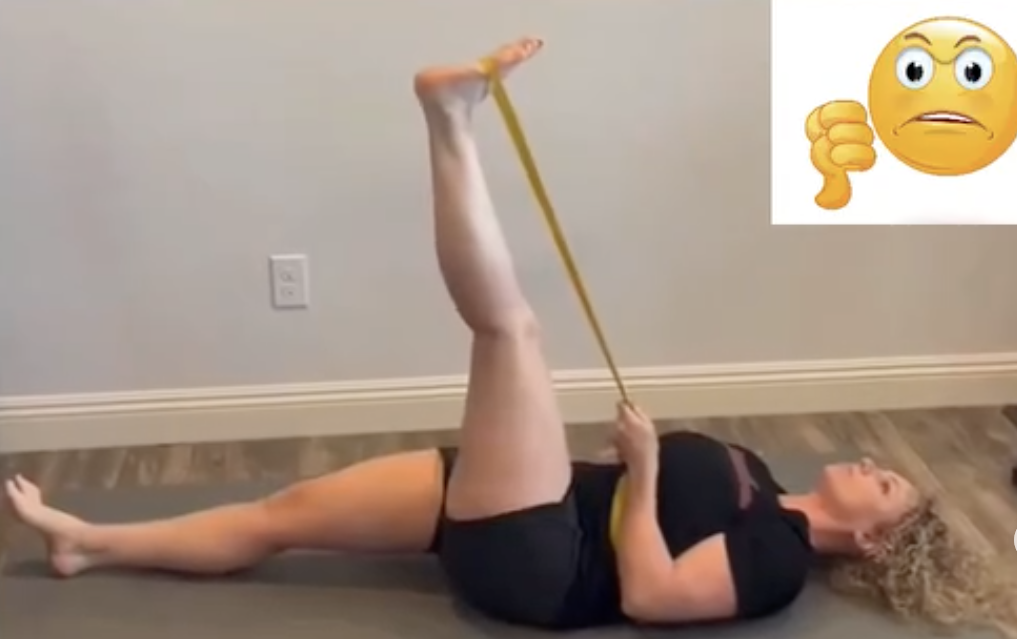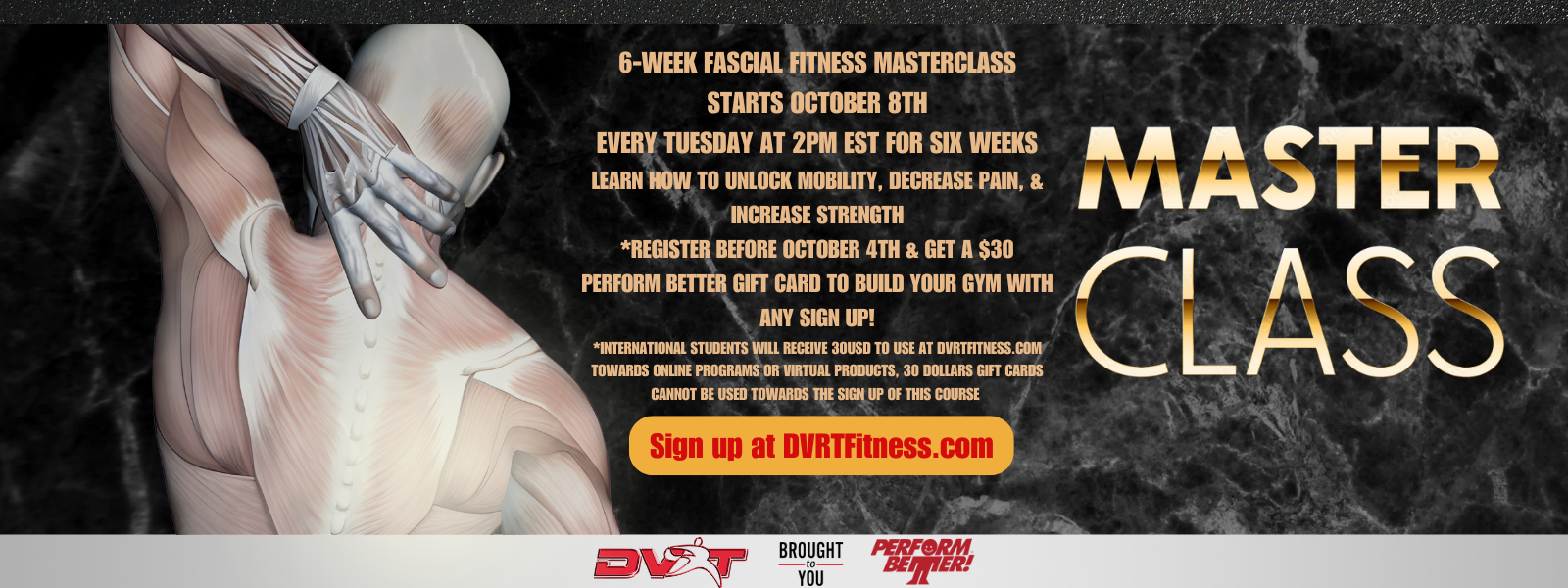Why Stretching Doesn’t Fix Movement
2024-10-3
UGH! What a jerk!!!! Didn’t Jessica and I just recently do a post on why stretching is good for you?! Are we being THOSE fitness people that say. one thing one moment and then the opposite the next? I get why someone would be skeptical, but to be honest, one thing I have learned in writing online for almost 25 years (yes, I wrote my first one in 2001 crazy right?) is that people oddly don’t seem to enjoy 50,000 word blog posts, weird right?!
It was important for us to clarify that stretching is not going to make all your strength magically go away. That there is research that stretching can decrease pain AND improve flexibility. However, I always like to address two things, the first being what if you have done something like stretching and it DID NOT work for you? Second, how can we make stretching better? So, in a series of posts I hope THAT comes through more so and we aren’t flip flopping telling you two contradictory things.
So, how do we make stretching more effective? Let’s look at a few keys…

Does Greater Flexibility Mean We Move Better? Not Really!
It may seem like common sense that if you stretch and build better flexibility then when you try to do something in the gym or in life, you will move better. Well, the research doesn’t really say that is going to be the case. A study by Moreside & McGill (1) found, “The first hypothesis that increased passive hip extension and rotation would result in increased hip ROM used during functional movements was rejected. Large increases in passive hip extension were achieved with training but were not used during active hip extension or lunging, both of which would be expected to result in full hip extension.”
The group also went on to find that core endurance training also improved hip range of motion, yet, there was a GIANT BUT (not the one you get from doing a lot of hip work either), “Stretching and core endurance protocols are incorporated into many rehabilitation and training programs, but evidence of their transference to function is lacking. This study suggests that, although both flexibility and endurance may be improved over a 6 week intervention, there was minimal evidence that these changes resulted in changes to functional movement patterns: large improvements in passive hip extension and rotation did not result in greater use of this newfound range during functional activities that were specifically chosen to challenge these motions. Similarly, although improved core endurance resulted in decreased lumbar rotation during a hip extension maneuver, there was no reduction in lumbar rotation or flexion/extension during other activities.”
Dang it! So, if I stretch AND if I do core training it doesn’t mean that my movement actually gets better? It is very possible the answer is yes. Forget it, feel like giving up? Don’t, hang on as I will help you better understand how everything fits together. What the researchers did go on to explain was something SOOOOO important for coaches and fitness enthusiasts to understand in corrective exercise…

“Much of the literature discussing changes to movement patterns subsequent to an exercise routine is sport specific. In addition to basic stretches, participants in those studies practiced movements that were required of their sport, thus having more of a chance to “groove” new motor patterns. Although objective improvements in core endurance and hip flexibility were documented in the previous study , changing movement patterns requires that preferred modes of coordination be replaced with new patterns, which are characterized by efficiency and maximum exploitation of the passive structures.”
In other words, we need to build a better movement “vocabulary” that teaches greater efficiency of movement. What does THAT mean? Well the researchers finish the paper by saying, “These findings imply that a successful stretching or core endurance program may require simultaneous movement repatterning: practicing the desired movement patterns to ensure that the newfound mobility or core endurance is incorporated into functional movement patterns.”
What do YOU need to know from this? First, when we are trying to improve a movement pattern, squatting, lunging, hip hinging, pushing, pulling, rotation, and even locomotion, helping people using core stability when “repatterining” AND using better progressions where the body doesn’t turn on the brakes because the nervous system sees a threat and then stops from having one’s flexibility to be maximized. Physical therapist, Jessica Bento, gives a great example below with lunges as an example…
View this post on Instagram
In the late 90’s and early 2000’s the term General Physical Preparation (GPP) became ALL the rage. The idea is a pretty sound one based on the training of Olympic athletes in some of the most successful countries in the 50’s-80’s. GPP was developing a more well rounded athlete by having them perform all sorts of training methods to improve muscular balance/strength, motor control, coordination, flexibility, and so forth. There are many stories that when the Soviets were winning A LOT at the Olympics that a lot of their success was based around this type of development (yes, I know there were other things and everyone was doing it so please don’t go there right now). I got exposed to this when I head the story that Wake Forest University in the early 2000’s had recruited two players for men’s basketball from Easter Europe.
The story went that they’ve were asked to come in and do some demonstrations for the gymnastics team because they had been trained with gymnastics to develop a lot of the above skills so they could perform better. Being 6’8 and taller this seemed so unusual that athletes could be very competent in gymnastics but it was because of GPP. Sadly, like most things in fitness, it became misunderstood and all about just “conditioning”.
We can go back and use some of these great ideas though and see how they can help what we do in our mobility, flexibility, strength, balance, and core training better. Research has shown meditative movement practices can enhance balance, stability, strength, flexibility, and even reduce the impact of aging in a myriad of functional tasks (2,3). We even see such practices helping with issues like ankle instability that can unlock better movement and flexibility as well (4).
That is why we have put effort into our Myofascial Integrated Movement system that helps make these concepts relatable for anyone. These drills combine the more varied movement concepts that we described, but with mindfulness and deep breathing to help improve movement efficiency. So, we are approaching the training by addressing more solutions at once! Is stretching helpful? Sure, but combining the methods we just discussed and demonstrated may be so much more!
Don’t miss the LAST day to get a FREE $30 gift card to Perform Better when you sign-up for our NEW Fascia Training Masterclass that will teach these ideas and so much more in great detail HERE. Classes start October 8th so don’t wait! You can also find our Mobility Balls HERE
References:
- Moreside JM, McGill SM. Improvements in hip flexibility do not transfer to mobility in functional movement patterns. J Strength Cond Res. 2013 Oct;27(10):2635-43. doi: 10.1519/JSC.0b013e318295d521. PMID: 23591949.
- O’Neill, Anthony, Debra A. Beazley, and Lori Bolgla. “The Effect of Tai Chi on Dynamic Balance in Younger Adults: Implication for Physical Therapy Practice.” Internet Journal of Allied Health Sciences and Practice 20.3 (2022): 2.
- Ma, Yan, et al. “Long‐term Tai Chi practice in older adults is associated with “younger” functional abilities.” Aging Cell 23.1 (2024): e14023.
- Naderi A, Ebrahimi SZ. Effects of Tai Chi training on functionality, dynamic balance, kinesiophobia, and quality of life in athletes with functional ankle instability. Res Sports Med. 2024 Aug 4:1-14. doi: 10.1080/15438627.2024.2387350. Epub ahead of print. PMID: 39099186.
© 2026 Ultimate Sandbag Training. Site by Jennifer Web Design.







